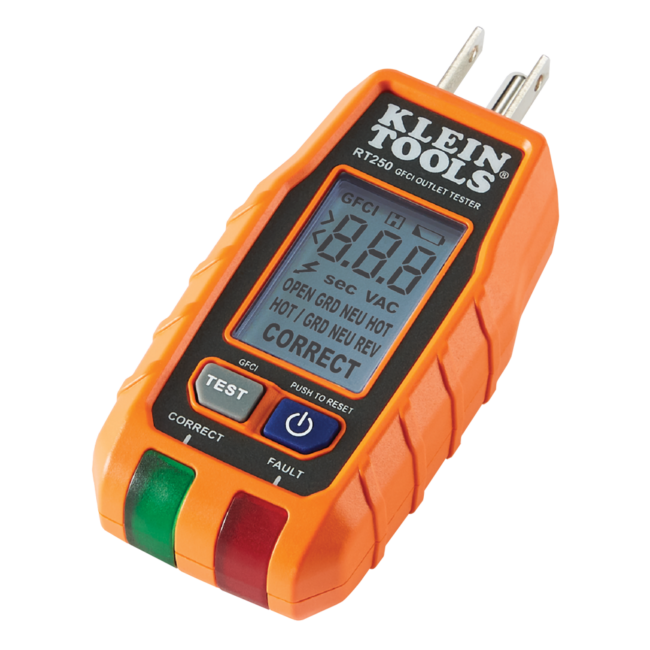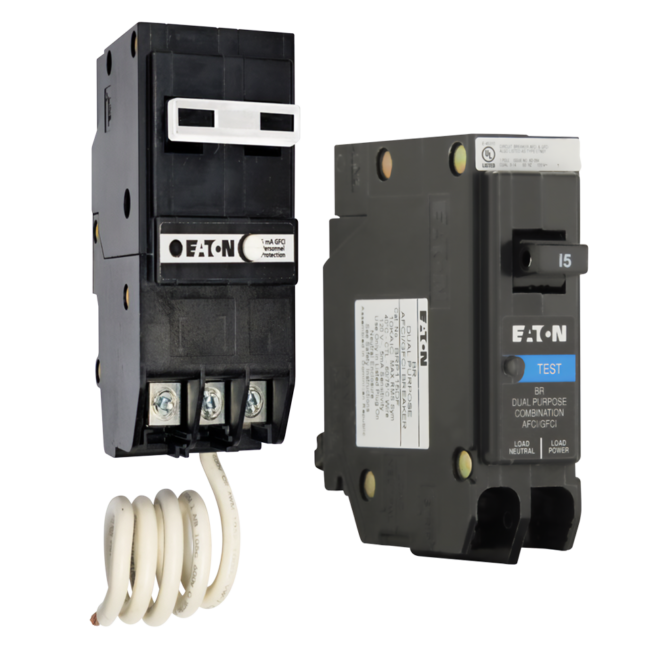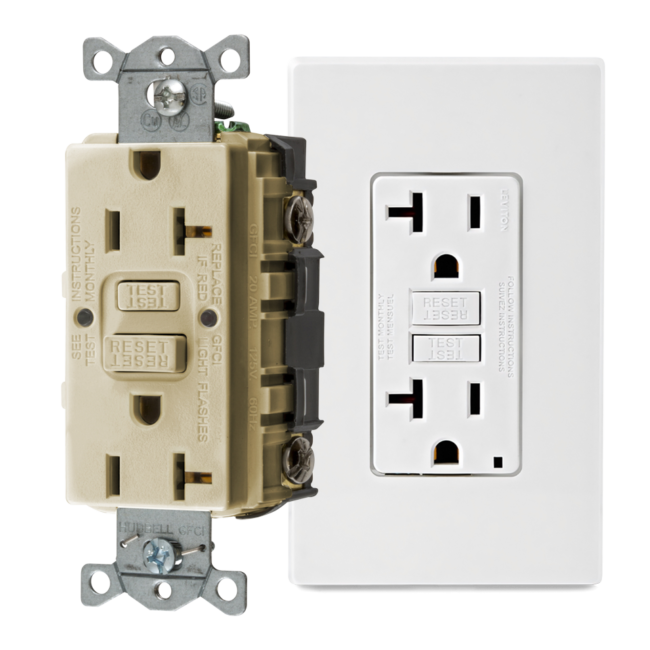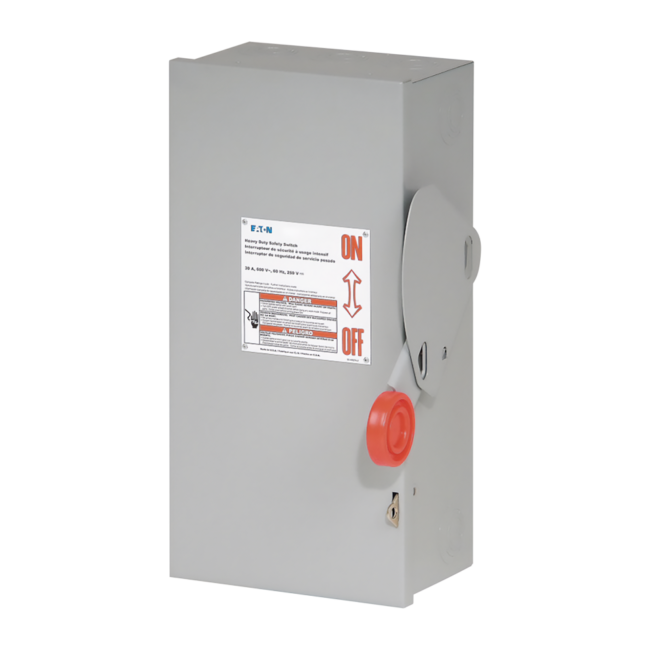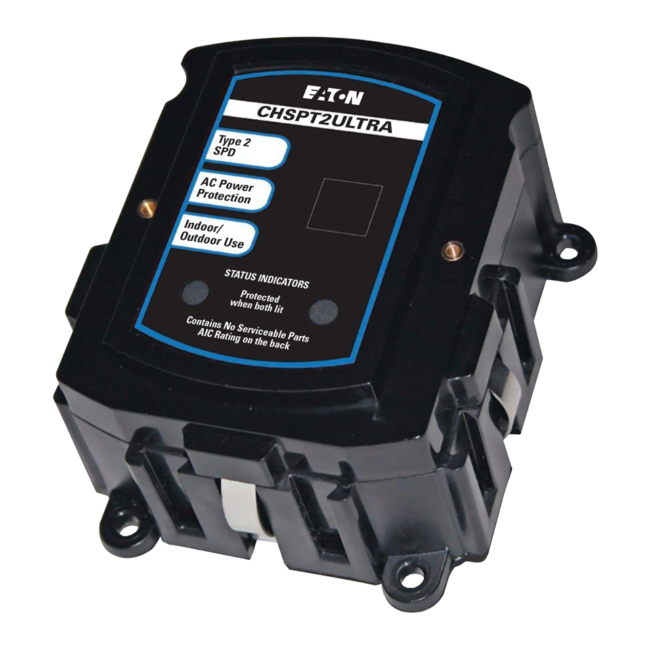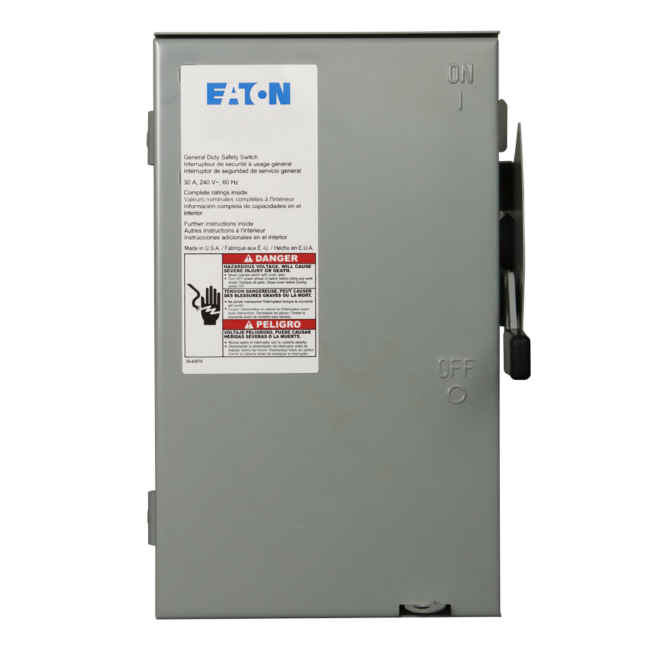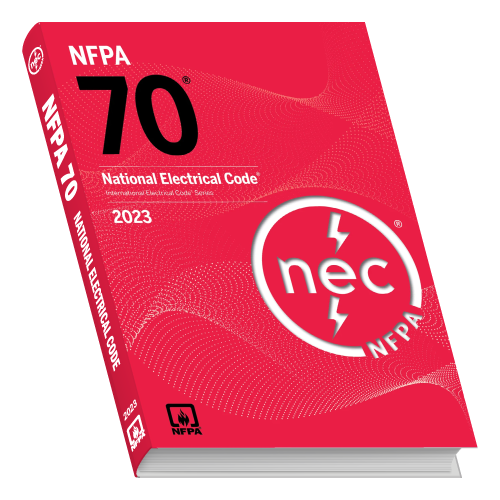Posted: December 12, 2023
By: Editorial Team
The National Electrical Code (NEC), published by the National Fire Protection Association (NFPA), sets the foundation for electrical safety in residential, commercial, and industrial occupancies. The 2023 NEC is the most recent version and is in the process of being adopted in multiple states. Visit the NFPA website to view the current code requirements by state and for in-depth training.
The 2023 NEC went into effect in the state of Ohio on March 1, 2024 for commercial properties and April 15, 2024 for residential properties. Previously, the state of Ohio had adopted the 2017 NEC, and there are many updates to note between the 2017, 2020, and 2023 versions.
Read below for more information on some of the key changes, and check out our 2023 National Electrical Code page for quick tips and the products available to help you meet these new requirements.
1. GFCI Protection: Section 210.8
The term “listed Class A GFCI” replaced “ground fault circuit interrupter” throughout the 2023 NEC.
The GFCI protection required by Sec. 210.8(A) and (B) can be provided using either a breaker with GFCI protection or a receptacle with GFCI protection. However, the use of a GFCI receptacle is somewhat limited by the requirement that the GFCI must be readily accessible.
Sec. 210.8(B): updated to require GFCI protection across all plug-in appliances in areas with sinks and permanent provisions for cooking or food and beverage preparation. This would include spaces such as a break room, which is contrary to the prior editions that solely focus on the “kitchen.” Exception 4 does clarify that GFCI protection is not necessary for internal receptacles in bathroom exhaust fans unless the manufacturer’s instructions specify otherwise.
Sec. 210.8(D): expands required GFCI protection to branch circuits or outlets for electric ranges, wall-mounted ovens, counter-mounted cooking units, clothes dryers, and microwave ovens.
Sec. 210.8(F): requires GFCI protection for outdoor outlets rated 50 amp or less in garages and for outlets rated not over 150 volt to ground, 50 amp or less in accessory buildings and boathouses. The exception is for listed HVAC equipment.
2. Protective Barriers: Section 215.15
Sec. 215.15: requires that a protective barrier be placed over terminals and busbars supplied by transformers and tapped conductors. This mirrors the line-side barrier protection requirements for services found in Sec. 230.62(C) and applies to panelboards, switchboards, switchgear, or motor control centers supplied by feeder taps or transformer secondary conductors.
This addition ensures that nothing is exposed, which minimizes hazards and creates safer working conditions for maintenance workers. We’re proud to stock Eaton panelboards, load centers, and safety switches which all have protective barriers built in.
3. Surge Protection Devices: Section 125.18
Sec. 125.18: requires that surge protection devices be installed in a variety of residential and commercial settings. This regulation aims to enhance the electrical safety of spaces where individuals live or temporarily stay, including single-family homes, dormitory units, hotel rooms, and nursing homes.
4. Disconnects: Section 225.41 & 440.11
Sec. 225.41: requires outside emergency disconnects for feeders supplied to one- and two-family dwelling units. This mirrors the requirements in Sec. 230.85 for service-supplied dwelling units so first responders are always able to shut off the power on the exterior of a dwelling regardless of how it is supplied.
Sec. 440.11: revised to require, in residential spaces where unqualified persons can readily access the means to disconnect, the disconnect enclosure or hinged door that exposes energized parts must be lockable or require a tool to be opened.
Additional 2023 NEC Updates
In addition to the revisions listed above, below are a few more sections to note:
- Sec. 220.70: this new section allows the use of digital energy management systems to limit the maximum current used by the electrical system.
- Sec. 369: installation of insulated bus pipe (IBP), also known as tubular covered conductor (TCC) systems. It requires IBP to be listed, installed, supported, and tested by qualified persons according to the manufacturer’s instructions.
- Sec. 372: cabling rules for power-limited circuits, fault-managed power circuits, and optical fiber.
- Sec. 625.50: installation of conductors and electric vehicle supply equipment (EVSE) for the purposes of charging, power export, and bidirectional current flow.
- Sec. 700.3(A)—revised: now requires commissioning, not just testing, of the emergency system. The term “commissioning” is defined in part in Sec.100 as the process, procedures, and testing used to set up and verify the operation of electrical devices and equipment before being placed into active service.
- Sec. 700.11: provides voltage requirements for emergency lighting systems. Class 2 power-limited emergency circuits must be permanently marked as components of an emergency circuit or system.
Your Electrical Distribution Partner
At Loeb Electric, we are proud to serve the contractor community and are committed to providing tools and insights that keep our customers safe and successful.
Speak with a lighting and electrical distribution expert today.
Related Posts:

